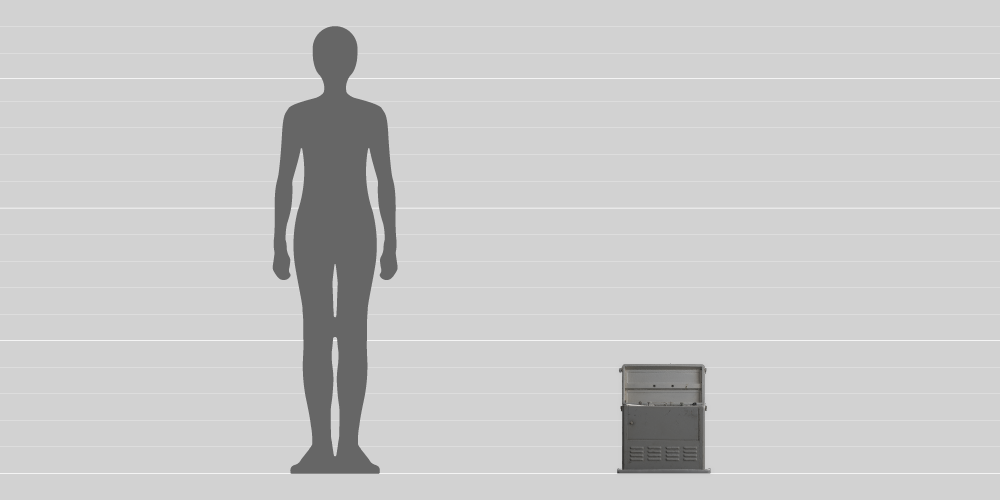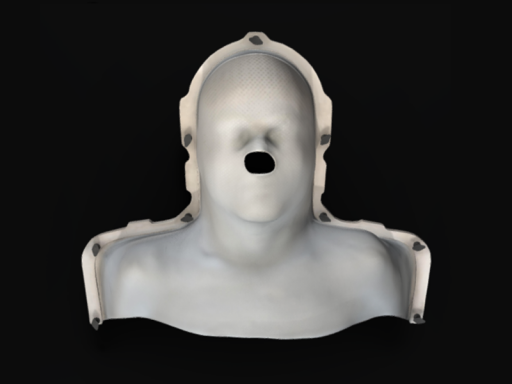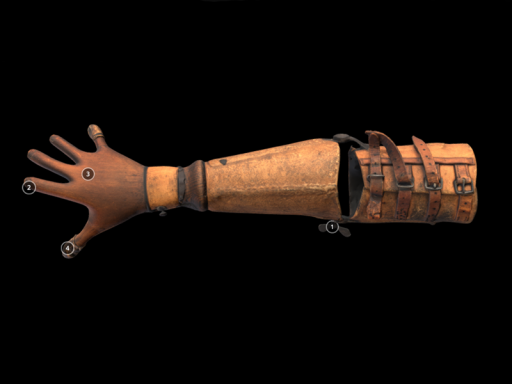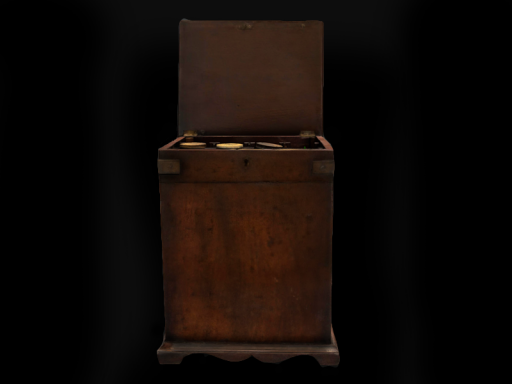
Curriculum links
About this object
This machine, made in 1958, is an electroencephalograph (EEG) – a device that measures electrical activity in the brain. This one was used to monitor brain activity during epileptic seizures. It was used by neuroscientist William Grey Walter and his wife Vivian Dovey at the Burden Neurological Institute in Bristol – an institution set up in 1939 to study diseases of the brain. They implanted eight metal electrodes in patients’ brains and left them there for months. Connected to the electrodes, the EEG machine monitored brain activity when Grey and Dovey exposed patients to stimuli such as flashing lights, and output a graph of the activity on paper. The results of these experiments greatly advanced our understanding of epilepsy.
EEG technology today
EEG machines are still used today to diagnose a range of conditions – most commonly epilepsy, but also problems with memory and sleep. The procedure is much less invasive than it was in the 1950s: a patient wears a cap with electrodes fitted, and the procedure only takes about half an hour.
Discussion questions
- If you could read anyone’s mind with a machine, whose would it be and why?
- How might people 500 years ago have explained the causes of epilepsy?



